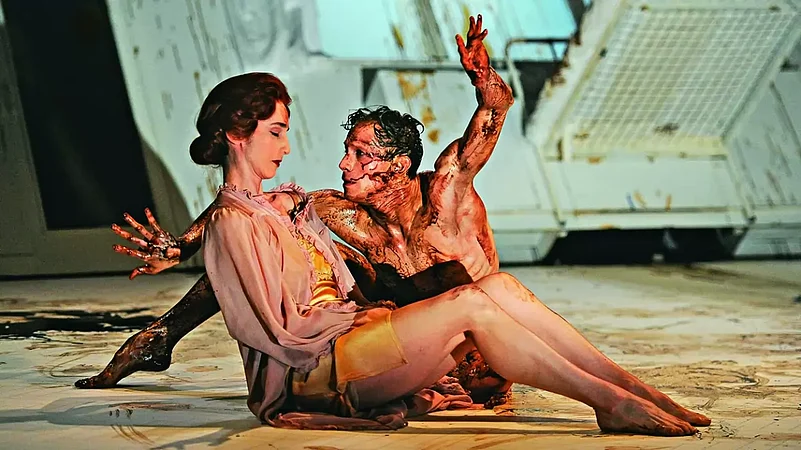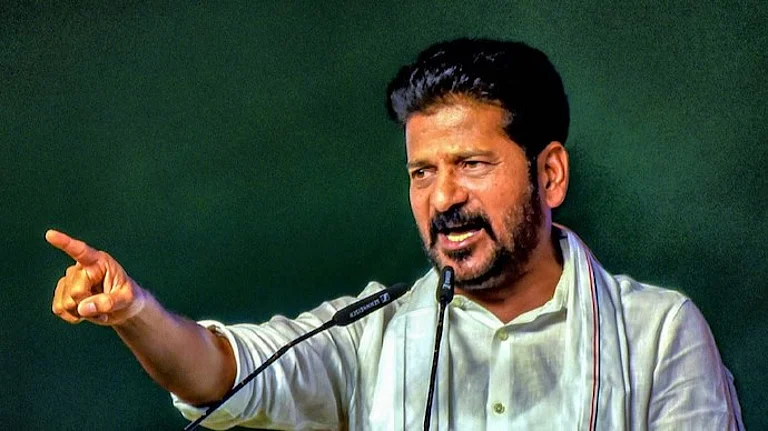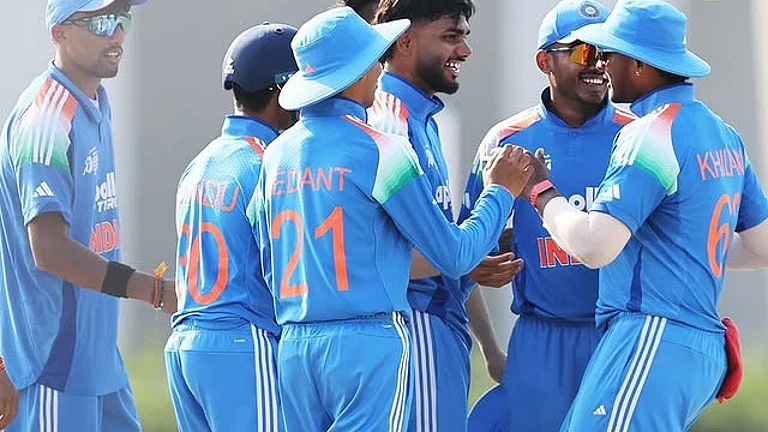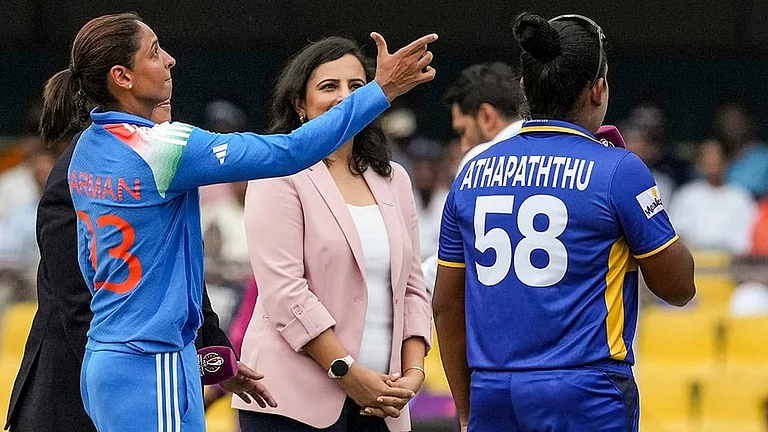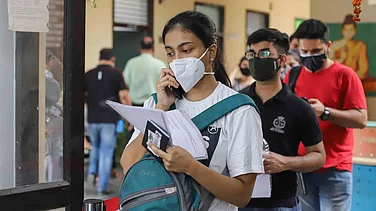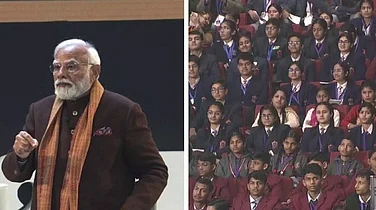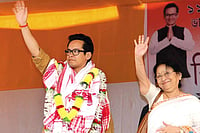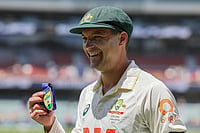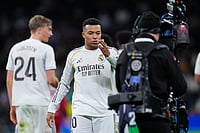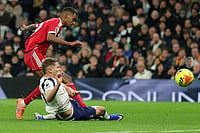Only connect! That was the whole of her sermon.
Only connect the prose and the passion, and both will be exalted,
And human love will be seen at its height.
Live in fragments no longer.
Only connect...
—E.M. Forster, Howards End
The characters in Forster’s Howards End struggle with making connections between their own personalities in an often-hostile world. This tension within us is salient in an age of information, misinformation, and dis-information.
February 25, 2022. I was teaching (still online) Yehuda Amichai’s The Diameter of the Bomb when one of the few on-camera students interrupted the class announcing Russian tanks have rolled into Ukraine’s capital Kyiv. The war has divided the world yet again into power blocs impacting supply chains and threatening millions of lives. Democracy is under attack even as ordinary people are hitting the streets across the world protesting totalitarianism. According to the UNHCR, some 32 million people around the world currently are refugees, meaning they have fled their country due to persecution, conflict, or violence. When you add the internally displaced—that is, people who have been forced from their homes within their country, the number dramatically rises to more than 100 million. The pandemic may be behind us but the adverse effect on individual health and livelihood are felt every day. The planet is heating up in more ways than one. How does one make sense any longer of what is happening to us and around us? I say, “only connect!”
The sciences are ways of seeing the world and trying to understand how it works. But a contemporary liberal arts curriculum puts students in touch with themselves first and the world around them. It raises the level of emotional intelligence. This should not only be made possible but inevitable because it tries to help us understand our place in this chaos and our relationships with each other.
As a broadcast journalist in academia, I was always uncomfortable with the academic obsession over the clunky, unlovable and noble word ‘pedagogy’ that is ensconced within the hard walls of the ivory tower. At a time when journalistic practices around the world were in question, we had the onerous task of designing courses and curricula to address the pressures of the discipline. In my understanding of ‘pedagogy’, and trying to teach journalism, I devised my own vocabulary in the best traditions of the liberal arts. I started teaching a version of ‘Great Books’ where I replaced the Western classics with texts that opened up discussions in class on issues of historic as well as contemporary relevance. For example, I teach Mahasweta Devi’s Draupadi to discuss state violence or Svetlana Alexievich’s Voices from Chernobyl to teach how to report disasters and crises.
‘Interdisciplinary’ is another favourite and overused academic term. But it is of essence. At O.P. Jindal Global University where I teach, this is emphasised in every articulation and in so many ways, and I find this to be the pithy definition of a liberal arts education. I was once struck by how a hydrologist working on dams decided to collaborate with me on reinventing a riverine conversation through poetry. Parineeta Dandekar had said she wanted to understand the “bhaav taal” of water rather than measure it in cusecs. To understand rivers better, she started writing on nature poems by Jibanananda Das. “Jibanananda Das is the first poet, she says, “with whose verses came floating into the terrain of Bengali literature images from the south’s rivers, trees, birds and rice fields.” Poetry helps us navigate the world we live in a way other arts may not and while it may be incongruous, perhaps, for a medical student to study poetry, Dandekar thinks just the opposite.
“At a time when we, as a nation, are replacing poems with paeans and fragile love with sticky devotion, writings which celebrate the land and the rivers for precisely what they are seem invaluable. If we are willing to listen, poetry of poets like Jibanananda is a placeholder of the past and also of a future,” writes Dandekar. Imagine what it would do to a river engineer or a climate scientist reading Das’ poems. Ours must be a new imagination to push the boundaries of education that desperately requires a new epistemology, an alternative language of communication that marries digitality and orality. Curiosity, one of the reasons we study, has been increasingly confined to silos, and a true liberal arts education, whether in science or law or public policy, demands an indiscriminate curiosity.
Why do stories matter?
“Only connect!” Stories connect the entire human race and are central to civilisation. We engage with others through stories. Storytelling is a lot more than just a chronology of events. As human beings, we are drawn to stories because we love to see ourselves in them. That is why we watch movies or read books. Stories are universal and they help us understand our planet, give us that peep of a perspective while raising pertinent questions and humanising the issues confronting us. A wholesome liberal arts education enables us to appreciate this, and much more.
But a liberal arts education can be challenging. It forces students to be thrown out of their familiar corners and confront multiple viewpoints. At the Jindal School of Journalism and Communication, we encourage students to question the status quo. We tell them not to assume that there are right answers, pushing them towards the openness of dissent. In this fractured world, the ability to see others’ viewpoints and constantly assess one’s own is the liberal idea that should be at the heart of education.
It is not surprising that most higher education institutions are embracing the term ‘liberal arts education’. But we need many more to be able to make that significant shift to a progressive curriculum that works for a complex but interconnected world. It will not work if only private institutions like mine are to emphasise on interdisciplinarity and liberal arts. The majority of India’s students attend public universities and that is where the change must happen. The Asian aspiration for an American liberal arts experience is also changing, and the US needs as much inspiration from Asia to re-evaluate their notion of the liberal arts.
I begin my course offering with Gregor Samsa. “Kafkaesque defines us,” writes Ivana Edwards in the New York Times. “It’s the one word that tells us what we are, what we can expect, how the world works. And to find out what that means, you read Kafka. You read The Metamorphosis which is about a man who wakes up as a big bug, and then you know.”
(This appeared in the print as 'Why Liberal Arts')
Kishalay Bhattacharjee is dean and professor, jindal school of journalism and communication






